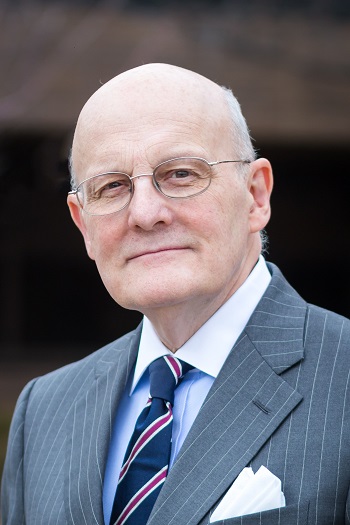By Professor Christopher Woehrle, JD, LLM
Critics of the estate tax describe it as “taxation without respiration.” The proposal from the Biden Administration to tax unrealized gains at death might be called “recognition of income without the realization event.” Furthermore, transfers to noncharitable donees during lifetime will generate income taxation to the donor. The amount subject to taxation will be the difference between the fair market value (at death or at time of gift) and the donor’s basis. That gain is reported on the donor’s income tax return for lifetime gifts and on the decedent’s final income tax return. The proposal would cover lifetime transfers after Dec. 31 of this year and on property owned by decedents after that date.
To mitigate an overly broad reach of this new way of taxing gains, the drafters have created a $1 million per person exclusion on unrealized gains on property transferred either during lifetime or at death. The exclusion would be adjusted for inflation and portable to the surviving spouse of the decedent. Effectively, the exclusion exempts $2 million per married couple. Estate planning for those with assets less than twice the federal exemption will become more complicated.
Impact on lifetime gifts to charity
The tax efficiency of outright lifetime gifts of long-term appreciated properties to charity will remain unchanged. There will be no gain to the donor or the recipient charity. There will be an unlimited charitable deduction for gift tax purposes. Post-gift appreciation will be removed from the gross estate.
The complications arise on the funding of split-interest charitable remainder trusts.* The economics of funding split-interest charitable remainder trusts changes will make transfers more expensive. The treatment will more closely match the rules for funding gift annuities with appreciated assets. There will be partial recognition of gain to donor pursuant to the bargain sale rules. More specifically, the charity’s share of the gain will be based on its share as determined under the gift and estate tax rules.
In essence, a present value calculation will be used to allocate gain between the donor or decedent and the charitable remaindermen. The older the donor the greater the interest of the charitable remainder and thus less gain to be taxed.
Impact on testamentary gifts to charity
The unlimited charitable estate tax is unchanged. However, all appreciated assets will be generating taxable capital gains to the extent they are not sheltered by the available $1 million exclusion. Estate planners and clients will be examining testamentary charitable remainder trusts as a way to manage the gain reported on the final income tax return. For married couples, planning will be necessary to ensure the decedent’s $1 million exclusion ports over to the survivor.
The taxation of capital income of the highest income taxpayers
Another reform would tax capital income at ordinary income rates if the taxpayer’s AGI exceeds $1 million. For example, a taxpayer with labor income of $800,000 and preferential capital gain income of $300,000 would have only $100,000 of the capital gain income taxed at the highest rates. The remaining $200,000 would be taxed at the preferential rate of 20%. What is presently unclear is whether the $1 million exclusion would be unavailable for actual sales but would be available to deemed sales because of gifts during lifetime and death. The result would be consistent with the policy of taxing those with the greatest ability to pay. The availability of the $1 million exclusion for deemed sales by those with AGI of $1 million and more does not.
Likelihood of enactment?
These reforms of the taxation of capital income represent a substantial revenue source for the 10-year budget period 2022-2031. Deleting these reforms would mean the revenue would need to be replaced by curtailing other popular deductions.
Its advocates hope to increase the rate of taxation of capital closer to that of lower income people as well as eliminate the “lock-in effect.” While it may be premature to make predictions, it may be prudent to think through, at least preliminarily, how impactful to estate and income tax planning these changes would be. ■
Endnotes
*See the July-August 2021 issue of Sharpe Insights for my more detailed examination of how these changes increase the cost of giving.
 Christopher P. Woehrle is professor and chair of the tax & estate planning department at the College for Financial Planning in Centennial, Colorado. As one of Sharpe Group’s technical advisors, Chris is a frequent contributor to Sharpe Insights and authors Sharpe Group blogs.
Christopher P. Woehrle is professor and chair of the tax & estate planning department at the College for Financial Planning in Centennial, Colorado. As one of Sharpe Group’s technical advisors, Chris is a frequent contributor to Sharpe Insights and authors Sharpe Group blogs.


